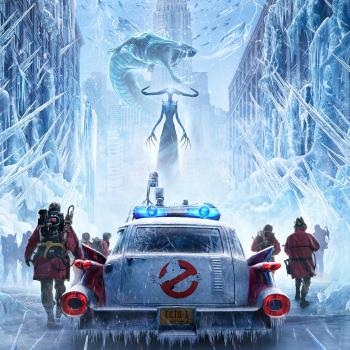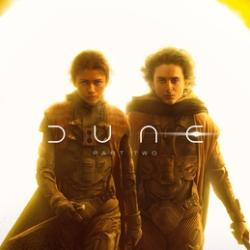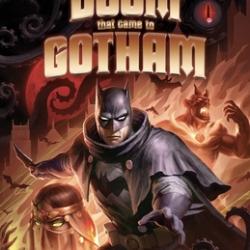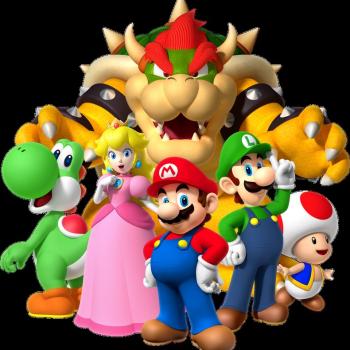Review of Bambi, Directed by James Algar, et al.
In our ongoing effort to watch and blog our way through Disney’s classics, I’ve gotten around to Bambi (1942). With the other movies, I was revisiting films I had seen as a kid: nostalgia thus added another layer of enjoyment to the films’ immediate charms. Not with Bambi. Until last week, I had actually never seen Bambi before. My goodness, this movie has a high body count.
Bambi occupies a certain niche in American cultural iconography. It isn’t quite good enough to make the standard lists of “greatest of all time”—a place usually kept for Snow White (1937) and other Disney classics. But the imagery, story, and characters are so iconic that pretty much everyone seems to have at least heard of them and have a certain familiarity with them. I had never seen the movie, but even I knew that Bambi’s mom buys the farm early in the film. You’ll never look at a nice chop of venison the same way after this.
That might have been part of the intention. The movie, which is a pretty standard coming-of-age tale, wears its anti-hunter agenda on its sleeve. I don’t have a dog in this fight either way: I’ve never hunted, but neither do I have a problem with hunting. I abstractly hope that hunters hunt with respect for the world they inhabit, and I don’t think that is a contradiction in terms.
As a coming of age tale, the movie is a rip-off of The Lion King (1994)—or, rather, the other way around—as both movies are about a young boy struggling to overcome the death of a parent and grow into the kingship that is rightfully his. Both are simplified bildungsroman, stories about growing up and finding one’s way in the world. Bambi is thus superior to Snow White (reviewed here) because it has an actual plot and story.
The plot depends heavily on the experiences of loss and fear to evoke our sympathy for Bambi and his friends: Bambi and his mom flee a hunter in an early scene; mother deer is shot and killed in another; and later the hunters return on an apparently genocidal mission to slaughter every last living thing in the forest. They shoot at everything in sight—birds, ducks, squirrels, rabbits, deer—and then set the world on fire. Bambi inhabits a fearsome and deadly world.
The violence and palpable fear that permeate the movie surprised me because I had mentally pegged it as a “kids’ movie,” which I thought meant a harmless cartoon filled with silly gags and action with no consequence. For all the action in this summer’s Despicable Me 2 or Monster’s University (reviewed here and here, respectively), nobody dies. I’m not saying that a dash of death turns a cartoon into timeless art like a rote formula. I am saying, as we always say in every one of our reviews, that art is good when it reflects truths about the world we live in. Sadly, that includes a world of pain and death. I wish it weren’t so—and someday it will not be so—but here and now pain and death are real.
Bambi may be a kids’ movie, but it takes seriously that children live in a world with real loss, pain, and death. It is animated, but it is more realistic than the half-dozen CGI spectacles with cartoon violence and no consequences that populated our cineplexes this summer. This, I think, sets Bambi apart and above the run-of-the-mill flick.
Bambi also captures the sharp poignancy of growing up, separating from one’s parents, and becoming your own person—and the importance of staying with them, in one sense. The scene in which Bambi’s father utters that awful line—“Your mother can’t be with you anymore”—evokes the terror of being on your own, of no longer having the source of comfort you knew was always there for you. Bambi subsequently grows up, falls in love, leads the other animals through danger, protects his family, and completes the circle of life. But Bambi is not orphaned; he is guided, sternly, by his father, who is still by his side at the end of the film. The movie gives no dialogue to this minor theme—that children have to separate from but still honor their parents—but it is there nonetheless.
Bambi was released in 1942, when the world was aflame in global war. It was easy to take for granted that the world was a dangerous place. We work hard to shield our children from these truths today. The entire MPAA rating system is designed to keep children from seeing too much or too explicit violence, sex, or drug abuse. As a parent, I heartily applaud efforts to keep entertainment family-friendly and clean. We don’t need to expose our kids to the worst evils of human life in explicit detail as soon as they notice the world around them—much less should we craft images of cruelty or destruction as mere entertainment.
But I think we can go too far in the other direction by telling stories that are sanitized of anything disturbing, dark, or wild. Such stories are not merely bland; they are lies. Bambi strikes a good balance. Almost the whole runtime of the film is taken up with Bambi and his frolicsome friends gamboling about forest and field. Raindrops fall and flowers sing; a skunk burrows in flowers and rabbits thump the ground. For much of its running time Bambi is as light and inconsequential as Snow White. But it is punctuated by a few, brief moments of reality, and that makes all the difference between a mere cartoon and a work of art.












